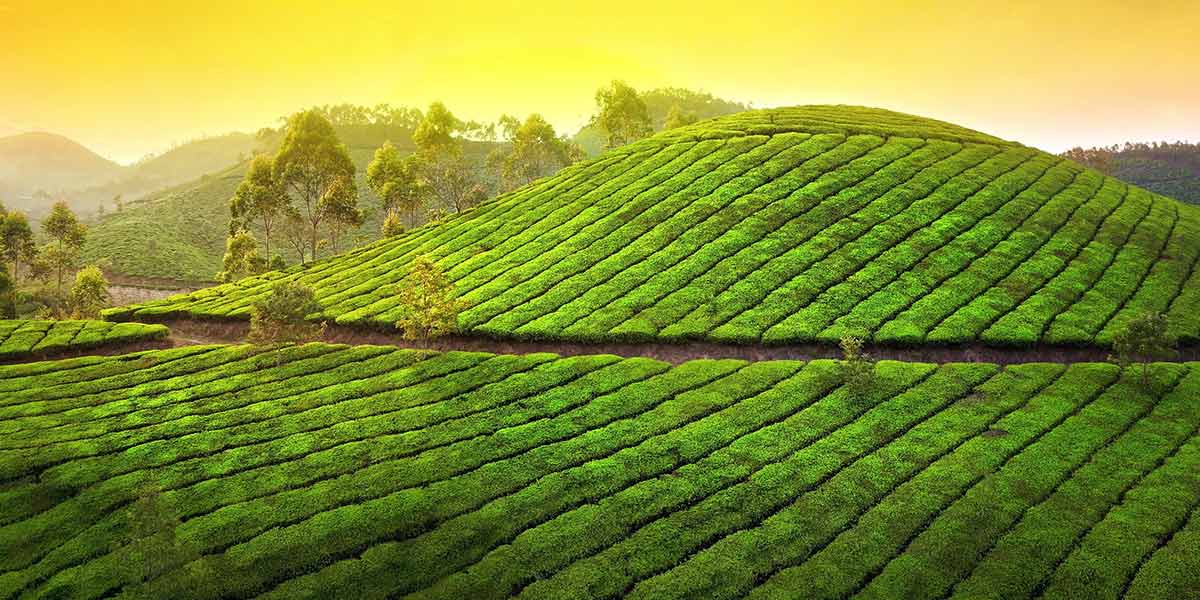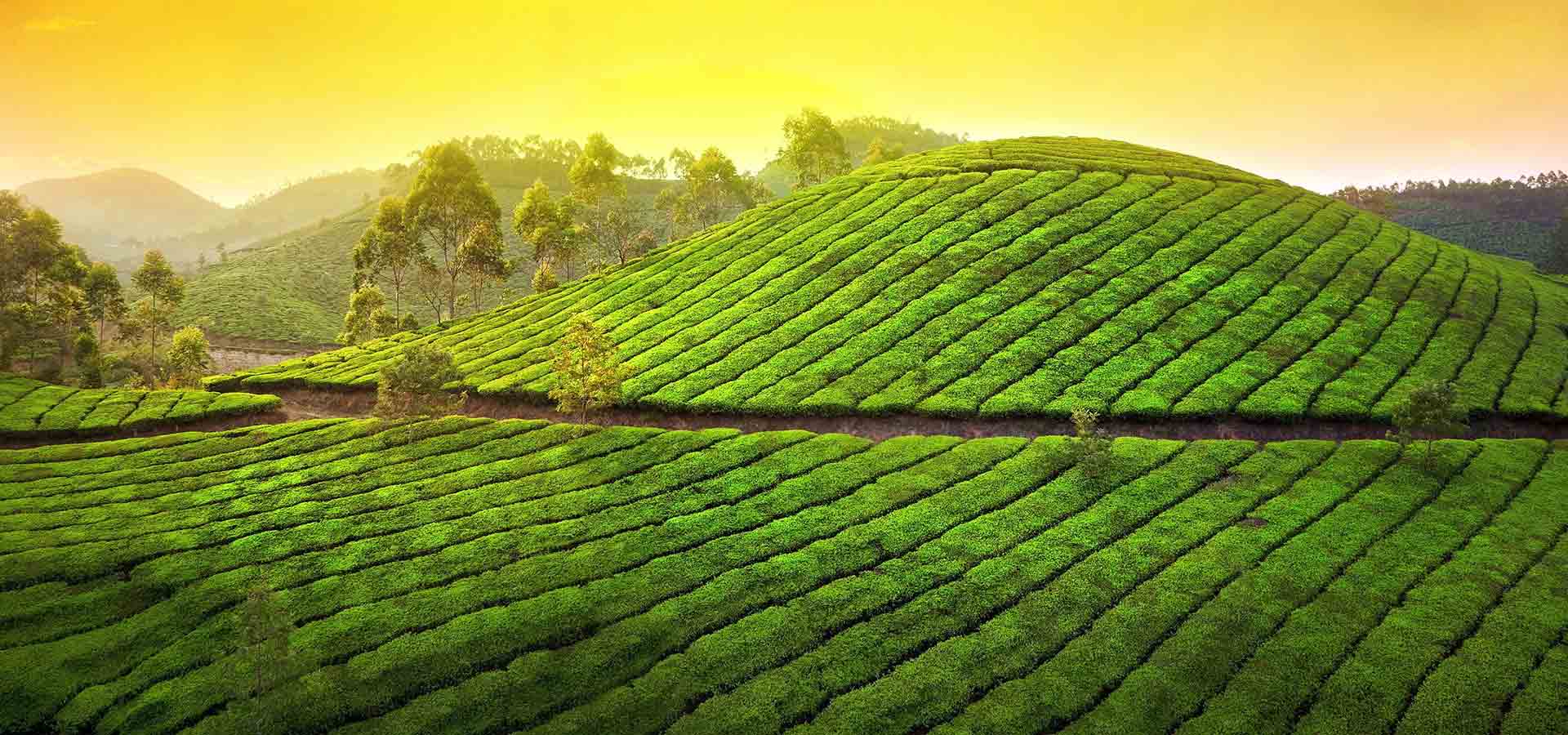In 1869 a leaf disease destroyed the island’s coffee Plantation and Estate owners looked for alternative crops. Following Taylor’s lead, they opted for tea.
The transformation from coffee to tea was fairly easy since the island had experienced planters and a well-working agricultural system. Ceylon’s tea industry witnessed a rapid expansion in the 1870s and 1880s, which brought a good deal of interest from large British companies, which took over many estates. From 400 hectares in 1875, the island’s tea area grew to 120,000 hectares by 1900. Today it covers about 220,000 hectares in the highland and southern lowland areas of the country.
Taylor made his home in Loolecondera and died 40 years later. James Taylor’s legacy is best summed up in the words of John Field, a former High Commissioner of Great Britain in Sri Lanka. He wrote; “ It can be said of very few individuals that their labor has helped to shape the landscape of a country. The beauty of the hill country as it now appears owes much to the inspiration of James Taylor, the man who introduced tea cultivation to Sri Lanka”




